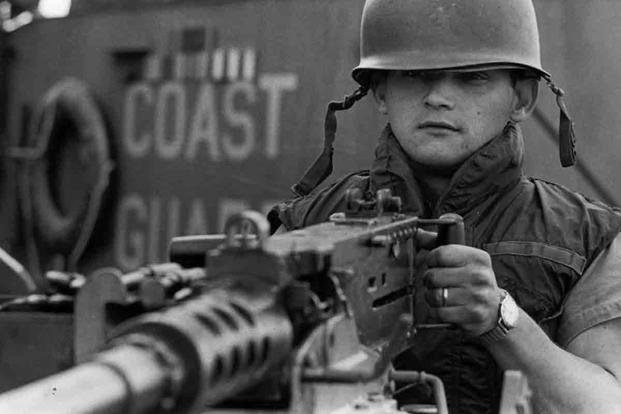With the standup of the Space Force, the Coast Guard is getting a well-deserved relief from the other branches’ nonstop “puddle pirate” jokes. These lighthearted jokes may be funny, but it’s important to know the “not a real branch of the military” gag only exists on paper.
The Coast Guard technically lives under the Department of Homeland Security, not the Defense Department. But for a time, the Department of the Navy was nonexistent, and the Coast Guard -- then called the Revenue Cutter Service -- was the only maritime force the United States had to defend its coasts.
Since then, Coasties have been getting in on the action wherever it was necessary, fighting World War II before Pearl Harbor, taking down pirate havens and even leading U.S. Army soldiers into combat. The most important thing to remember is that this list is by no means complete.
1. The Revenue Cutter Service Gives France a Black Eye
After the Franco-American lovefest that was the American Revolution, relations between France and the United States began to deteriorate after the French Revolution. The U.S. reneged on its Revolutionary War debts with France, claiming the money was owed to the king, not the French Republic. Anger turned to threats, and since there was no Judge Judy to settle the debt question, threats turned to an undeclared shooting war.
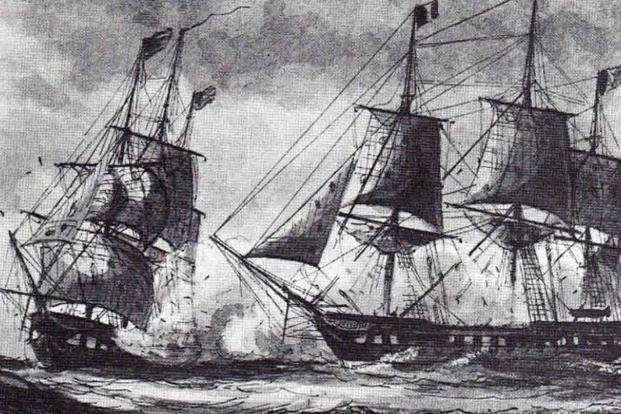
While the Department of the Navy was getting its act together, Congress used the Revenue Cutter Service to protect American ships from the French Navy. Oh, what a service it was. The Coast Guard’s predecessor captured 18 ships and helped the Navy capture two more.
2. How the Revenue Cutter Got Its Sword Back
The War of 1812 was launched in part because British ships were boarding American vessels illegally and impressing U.S. sailors into their fleet. Once the war started, things didn’t go quite as well as either side hoped it would. The British Royal Navy learned about the Revenue Cutter Service the hard way.
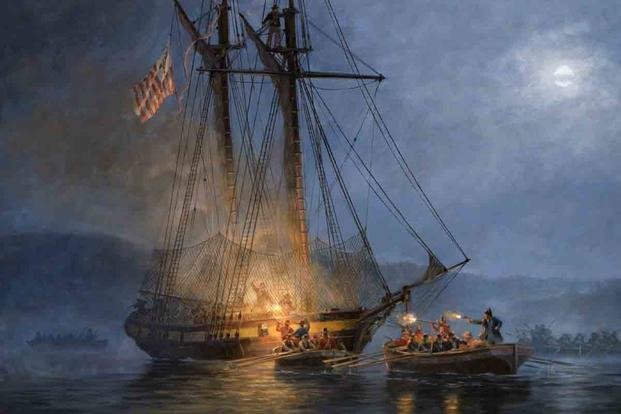
A 50-man boarding party from the HMS Narcissus tried to sneak up on the Revenue Cutter Surveyor under Capt. Samuel Travis. The Surveyor’s crew was outnumbered more than three to one but saw the British coming, so when the Royal Navy sailors boarded, the Coasties opened up on them with two loaded pistols each. The cutter was captured, but the British captain returned Travis’ sword out of respect for the crew’s stalwart defense.
3. The Coast Guard Leads the Army
For 20 years, the U.S. military fought to subdue the American Indian tribes that had not yet been sent to reservations or were otherwise hostile to American expansion in the frontier areas. This often included some places that we traditionally don’t think of as “frontier,” like Washington state’s Puget Sound. There, the fighting was known as the Puget Sound War, fought between the U.S. Army and the Nisqually, Muckleshoot, Puyallup and Klickitat tribes. This part of the Indian Wars also had a maritime component that required the Navy and Revenue Cutter Service.
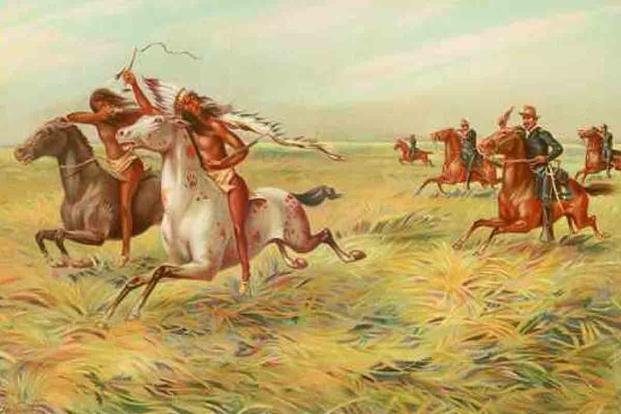
USRC 2nd Lt. James Harrison was assisting the U.S. 4th Infantry in the area in 1855. While operating with the Army, he was second in command. When the 4th Infantry’s commander was killed in an ambush on their camp on Dec. 3, 1855, Harrison assumed command of the soldiers. Harrison regrouped his men, led a counterattack on the tribes and safely led them back to Fort Steilacoom 18 days later.
4. Even the Navy Needs Rescuing
The Revenue Cutter Service also saw action in the 1898 Spanish-American War. As part of the U.S. blockade of Cuba that year, the USRC Hudson was tasked to join Navy ships in a raid on the island’s city of Cárdenas. After a flotilla of Spanish ships attempted to break the blockade by attacking the Navy vessels, they sought safe harbor in Cárdenas. The U.S. was going to enter the harbor and destroy them.
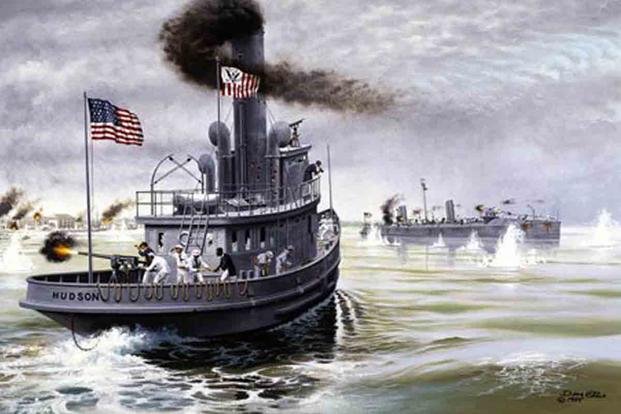
When the USS Winslow entered the area, it came under heavy fire from the city forts and was heavily damaged. The Hudson sailed to its rescue, fixing a tow cable to the ship for nearly a half-hour, under the same fire that had disabled the Winslow. President William McKinley awarded the Hudson’s crew special medals for its efforts.
5. The Coast Guard Gets into WWII Three Months Early
The USCG Northland is an unlikely World War II hero at first glance. It was the last cruising cutter built for the Coast Guard equipped with a sailing rig. It not only hunted submarines when the war started but got into it a little early. In an agreement with Denmark’s government-in-exile (Denmark already had fallen to the Nazis), it scored the first U.S. naval capture of the war, three months before the U.S. entered World War II.

Northland was patrolling the coast of Greenland (which was controlled by Denmark) on Sept. 12, 1941, when it came upon the German-controlled Norwegian sealer Buskø. A boarding party captured the ship and discovered Nazi radio equipment and documents that led it to a German radio station on the island. The Coasties raided the station and arrested three German radiomen, seizing their equipment and radio codes.
-- Blake Stilwell can be reached at blake.stilwell@military.com. He can also be found on Twitter @blakestilwell or on Facebook.
Want to Learn More About Military Life?
Whether you're thinking of joining the military, looking for post-military careers or keeping up with military life and benefits, Military.com has you covered. Subscribe to Military.com to have military news, updates and resources delivered directly to your inbox.
